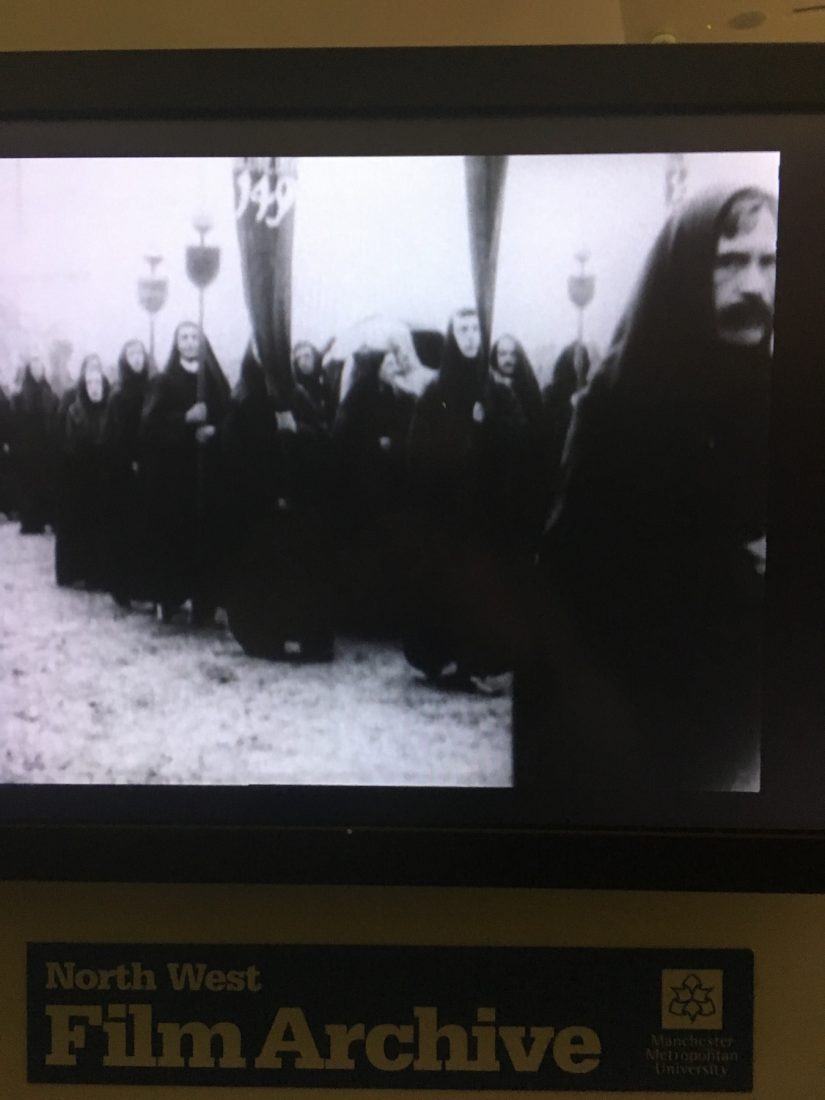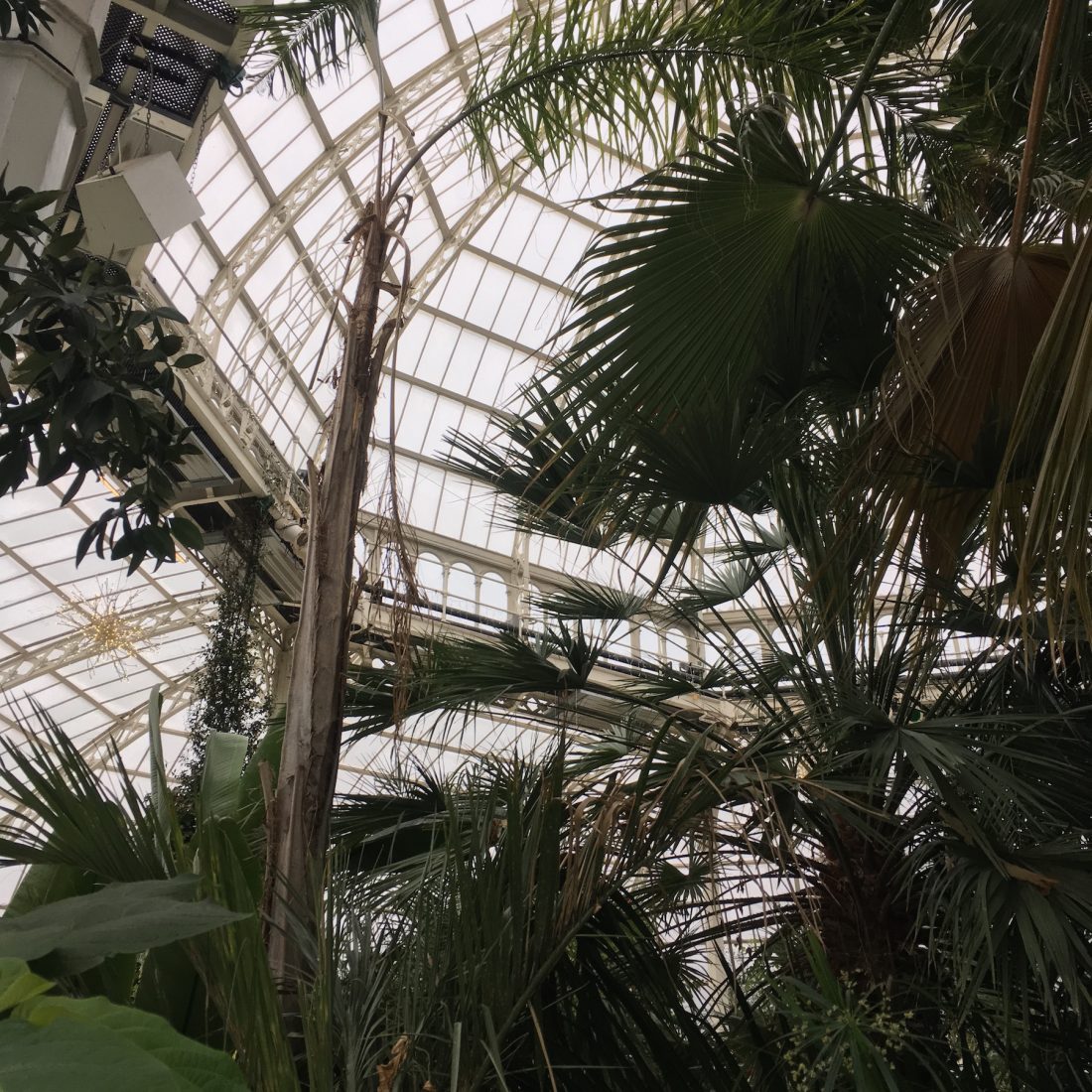The article was written before the metropolitan mayoral elections, but touches on a lot of the questions I’m interested in, most prominently ‘how do regional cities face their own future?’ and ‘how does the past of these cities inform the way they see their present and the way they look to the future’. The idea of not people in Liverpool not really seeing it as being part of England is equally fascinating and perplexing, at least from an outside perspective. As a harbour city, there’s naturally a sense of looking out to see, and this is compounded by the fact that such a high proportion of Liverpudlians trace their ancestry back to Wales, Scotland or Ireland, meaning the social and familial connections the city has are with those places more than it is with other cities in the UK. As someone who’s family are from Wales, and before that Ireland, Liverpool really does feel more like a welsh or particularly Irish city in some subtle, not quite definable way. As the article points out this makes it, in the minds of its inhabitants not so much a provincial city but rather it sees itself as “The Capital of Itself. There’s obvious advantages to this, and the sense of pride the city has in itself has undoubtedly helped it weather the storm of the post 1930’s decline. But for all the advantages this stance has there’s obvious disadvantages, especially in the current climate.
There’s a very practical and much discussed issue of the so called ‘Northern Powerhouse’. The big cities in North West have, between them a considerable amount of economic activity, but the infrastructural problems, and the regional animosity that sees these deeply proud cites unwilling to co-operate means this isn’t capitalised on. Attending a meeting of the stakeholders from a region of Liverpool dubbed the ‘Knowledge Quarter’ you really got this sense. This consortium of representatives from Universities and Hospitals discussed the successful bid Liverpool had put in to convince the Royal College of Surgeons to move some functions up from London, edging out Manchester and Leeds in the process. The ongoing competition between the North West Cities to attract companies to relocate, I’m assuming with lucrative packages of financial incentives was pretty palpable. In a post-brexit landscape you can see how this race will intensify, and the possible race to the bottom that might ensue in terms of tax write offs and corporate entities getting to call the shots. Further to this is the worrying sense of militant parochialism that feels like it’s on the rise around the western world, and with it the sense that anywhere looking inwards rather than outward is inherently a less than ideal thing.
Sefton Park Palm House:



Numerous different people recommended I visit this place, and I finally got round to it on a cold day in torrential rain. The palm house sits inside the pretty vast Sefton Park, and which borders Toxteth on one side. The palm house itself was built in 1896. This grand Victorian building had all the glass blown out in the blitz, was restored, then gradually got run down during the decline of Liverpool (and specifically the area around the park) until it was closed in the 1980’s. After an extended campaign it was restored (again) and re-opened in 2001. It partially open to the public and used for a lot of commercial events, gigs etc.
So, why is this relevant to this project, beyond the fact that’s its an amazing structure. Well, in it’s restored state, there’s something really interesting in this incredibly grand building full of exotic plants in a park that borders, on one side at least some pretty rundown neighbourhoods. It’s pretty totemic of the phenomenal wealth that once sat in this side of Liverpool, a wealth that someone I spoke to referred to as ‘unfixed’. This money was generated in the boom years if Liverpool, and obviously by extension the boom years of the empire, but the holders of which were were able to to up and leave comparatively easily when the end of the empire loomed. The restoration done to the palm house means you get to experience it ‘in all it’s glory’, by which I mean pretty much what I assume it would have been like to visit it when it was first built. Walking in and out out to it from Toxteth throws into sharp relief the extent to which some of the buildings and streets in the area have fallen into disrepair.





